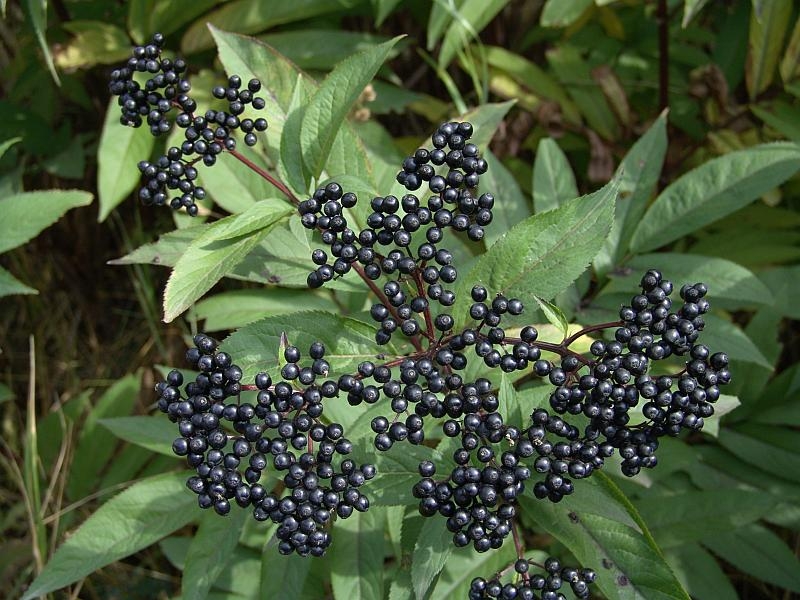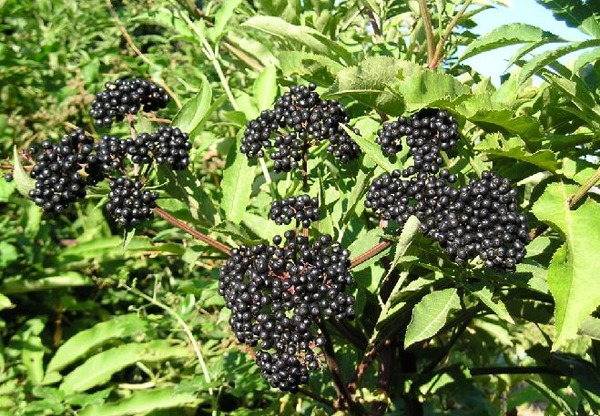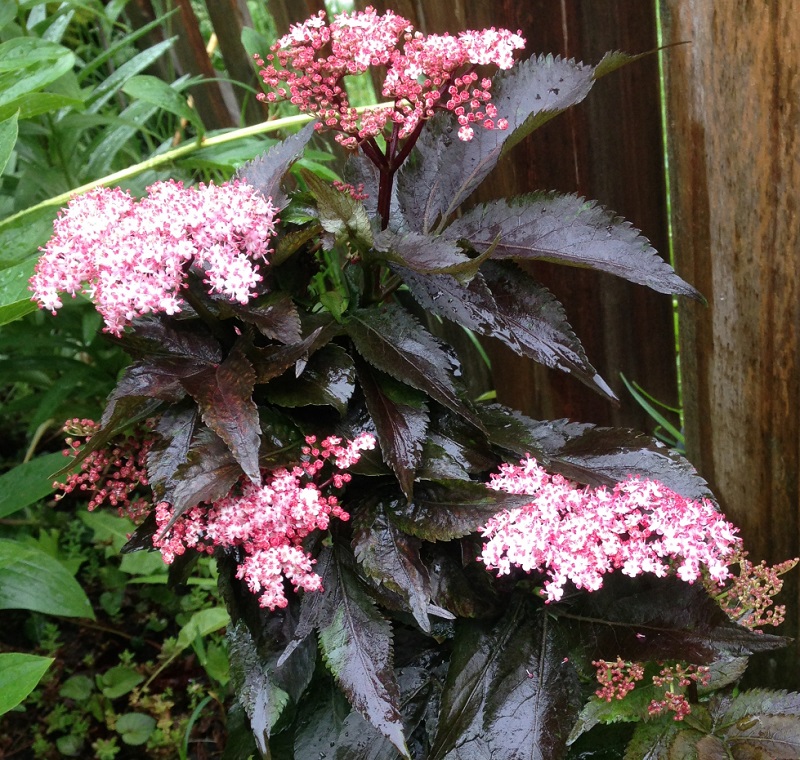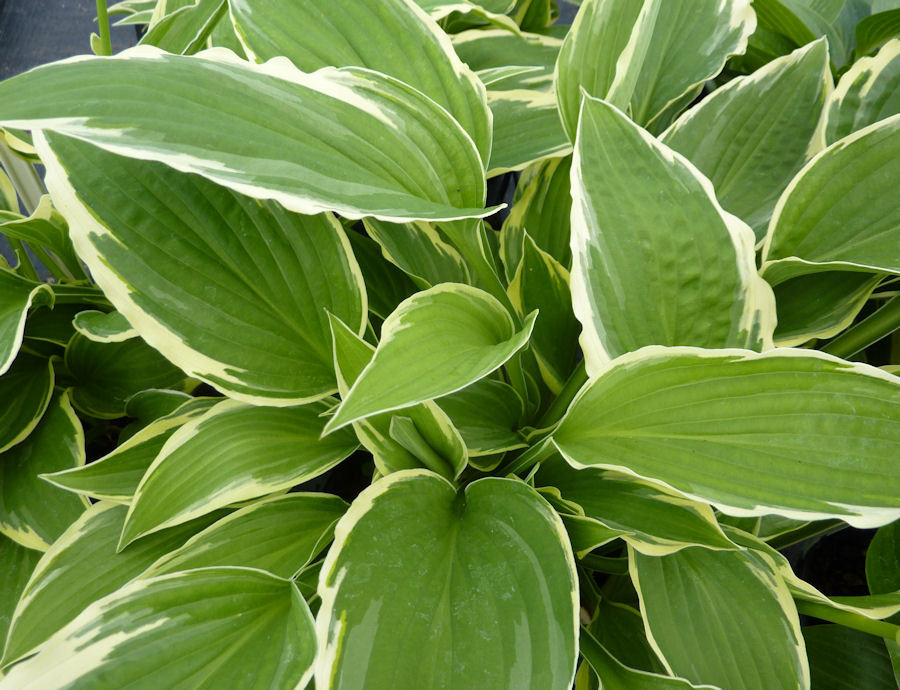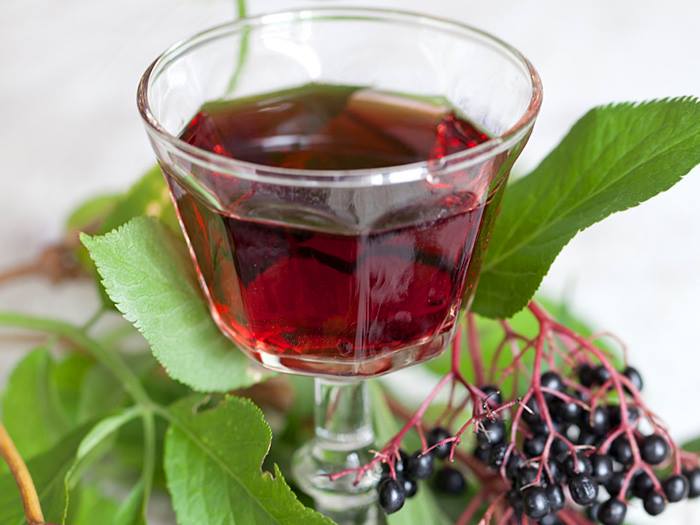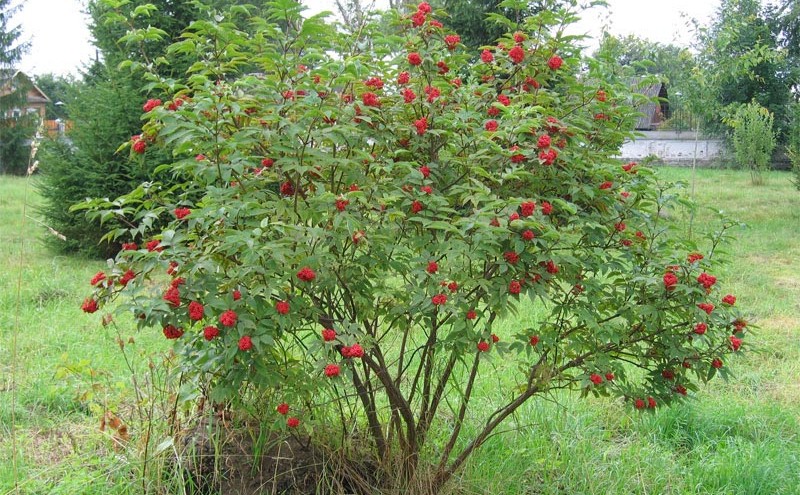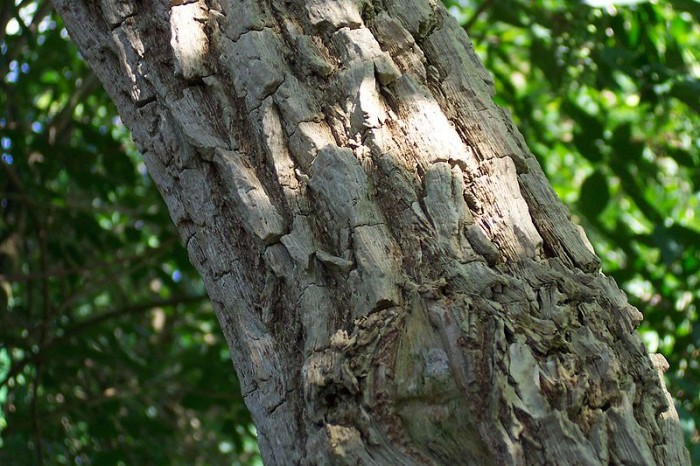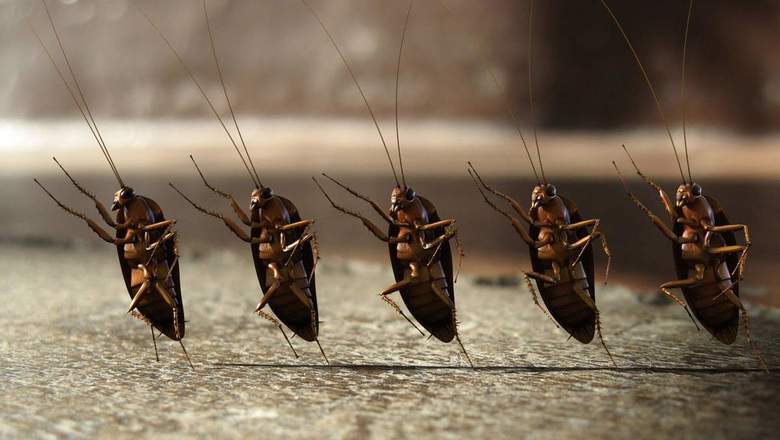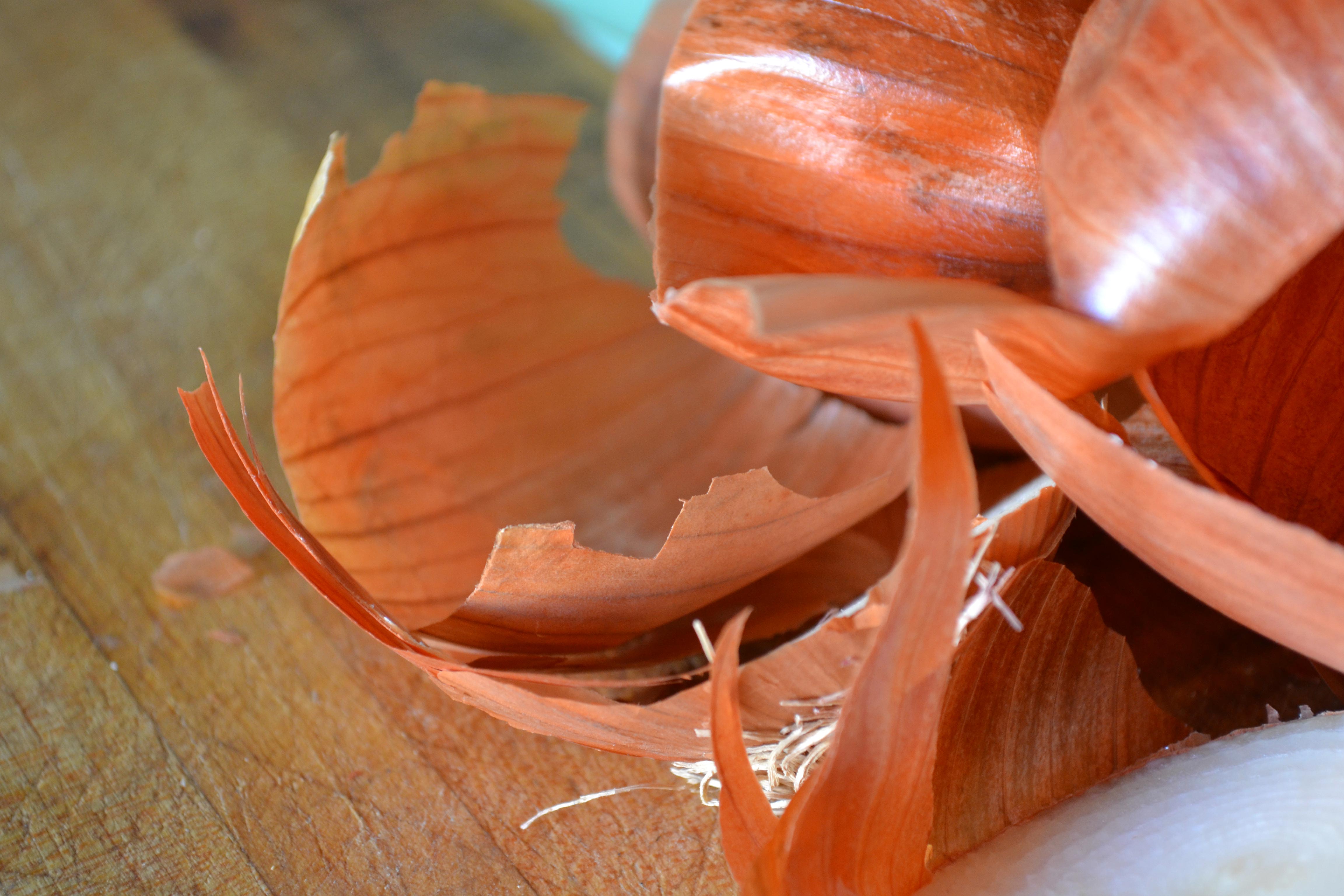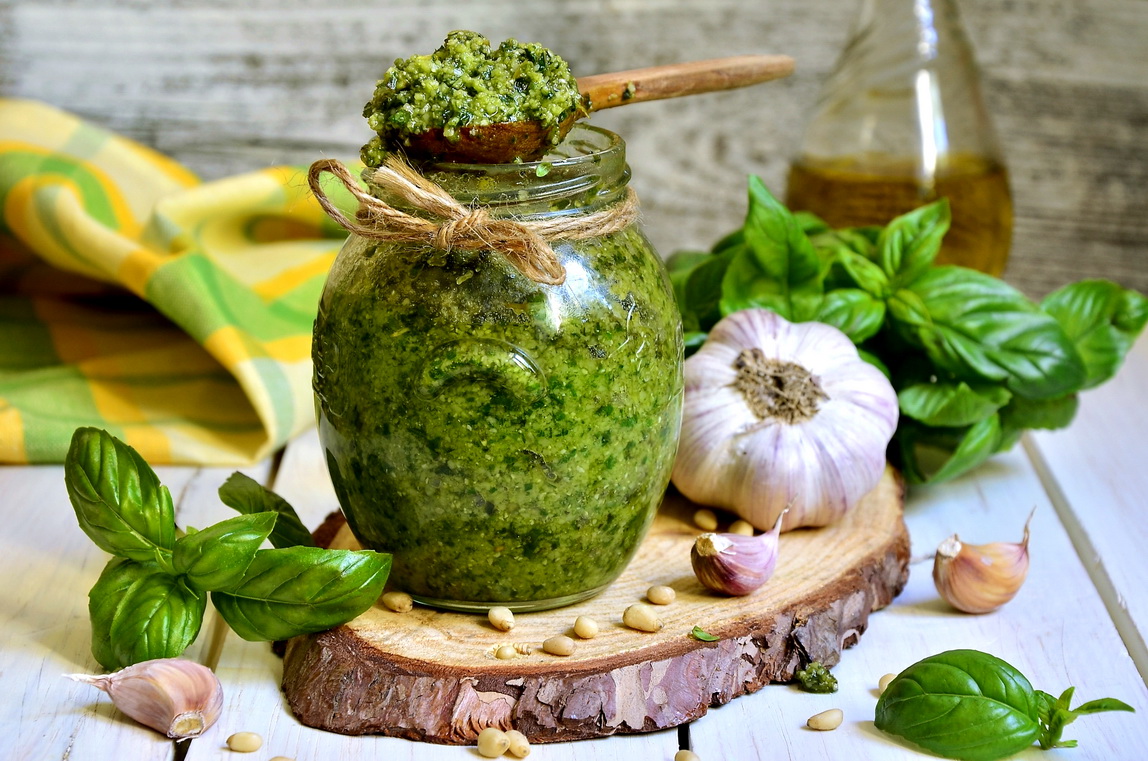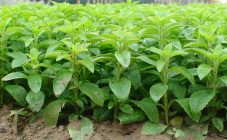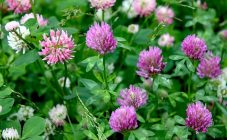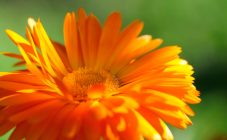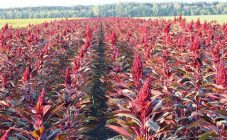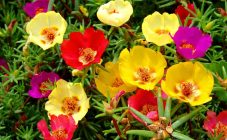Content:
Elderberry is a plant that has long been known worldwide for its decorative and medicinal properties and pleasant taste. This crop usually grows in the wild, but has the potential to be cultivated at home. For this purpose, it is important to choose the type and variety, to follow agricultural techniques. You also need to know in general what an elderberry is, where it grows, how it looks, which variety is better, etc.
Elderberry - what is it
According to the generally accepted description, elderberry is a genus of flowering plants that belongs to the Adoksovye family. Previously, this genus belonged to the Honeysuckle family or formed a separate Buzinov family. The genus includes about 25 species.
The vast majority of elderberry plants are in the form of shrubs or low-growing trees. There are herbal varieties, in particular, herb elderberry. Usually plants are characterized by the presence of 5 stamens, in some types of stamens by 3. The fruit is a berry-shaped drupe.
The leaves are opposite, feathery. Each plant has 5-9 leaves (less often 3 or 11). Each leaf is 5 to 30 cm long and has jagged edges. At the end of spring, the plants have large clusters of small white or cream flowers, collected mainly in corymbose or pyramidal inflorescences. Behind them appear small black, blue-black or red pyrenaria berries (rarely yellow or white).
Plants of the genus are ubiquitous in the temperate and subtropical regions of the world. More widespread in the northern hemisphere, its distribution in the southern is limited to some regions of Australia and South America. Many species are cultivated for the use of ornamental leaves, flowers, and fruits.
Types and varieties
Of greatest interest are the following varieties of elderberry.
Black elderberry (black chokeberry)
The most common type of elder, which is a collection of small trees and shrubs up to 3-4 m high with large foliage. Inflorescences have a yellow-greenish color and exude a powerful characteristic pleasant smell. The plant begins to bloom in May-June, the ripening of the fruits occurs in the period from August to September. Fruits in the form of small black berries that can be eaten. There are also varieties with greenish berries.
The characteristic difference between the black elderberry varieties is the shape and color of the leaves. So, the most popular varieties with openwork foliage include:
- Asplenifolia;
- Darts Green Lace;
- Latisect;
- Monstrose.
Among variegated varieties, the most widespread are:
- Albovariegata;
- Argentea;
- Aureovariety;
- Luteovariegata;
- Marginata;
- Pulverulent;
- Bimble;
- Madonna.
Some elderberry varieties also have purple leaves. These include:
- Black Beauty;
- Black Lace (Eve);
- Guincho Purple;
- Black Tower.
There are varieties characterized by atypical fruit color for the species. Thus, the Fructu Lutea variety forms golden-creamy fruits that give off a bright red blush. The berries of the Viridis variety are pale greenish, the same as the elderberry flowers.
Elderberry red (elderberry common, elderberry cluster)
The species is very common in the European territory of Russia. Wild forms are used as a background crop in mixed plantings, while varietal ones are recommended for cultivation on sunny plots. In May, the plant blooms with odorless panicle inflorescences. After 2-3 months, bright red berries similar to mountain ash are formed in their place. When asked whether the elderberry is poisonous or not, and whether it is possible to eat the elderberry, one should answer that in this species the fruits are poisonous and cannot be eaten in order not to be poisoned. Among this variety, the most common varieties with openwork leaves:
- Laciniata;
- Ornata;
- Tenuifolia;
- Moerheimi.
Among all the varieties, Golden Locks stands out, which is characterized by a bright yellow color of the leaves that does not fade even under the sun's rays. There is also the Flavescens variety, which has yellow fruits with an orange tint.
Elderberry Canadian (American)
These are shrubs, the height of which does not exceed 3 m. Outwardly, the plant strongly resembles black elderberry, but surpasses it in terms of resistance to unfavorable environmental factors. Flowering takes place in the first half of summer and manifests itself in the form of the formation of white or yellow-greenish flowers, arranged in umbellate inflorescences. In late summer - early autumn, black edible berries are formed. The main varieties of this species:
- Acutiloba;
- Aurea;
- Plumosa Aurea;
- Chlorocarp.
Culture properties
The plant has the following medicinal properties:
- antibacterial;
- expectorant;
- diuretics;
- anti-inflammatory;
- antipyretic;
- laxatives, etc.
Elderberry-based healing agents are used in the fight against diseases and disorders of the normal functioning of the body, such as:
- inflammatory processes;
- dysfunction of the pancreas, liver and gallbladder;
- anxiety, insomnia, neurological diseases;
- damage to internal organs by parasites;
- visual impairment;
- failure of metabolic processes;
- hemorrhoids;
- psoriasis, eczema and other skin diseases;
- excess weight;
- menopause;
- upper respiratory tract diseases, colds;
- diseases of the genitourinary system;
- swelling of a different nature;
- anemia;
- accumulation of cholesterol;
- atherosclerosis;
- increased capillary fragility;
- dysfunction of the thyroid gland;
- malignant and benign tumors;
- ailments of the musculoskeletal system;
- depletion of the body;
- gynecological diseases, etc.
Flowers of red and black elderberry have anthelmintic and antibacterial effects. A decoction is prepared on the basis of the inflorescences, which is used to treat sore throat by rinsing. Foliage is characterized by diaphoretic, antipyretic and sedative effects. From this part of the plants, folk remedies are prepared used for acute respiratory viral infections and colds, as well as compresses used in the following cases:
- rashes on the skin;
- abrasions;
- burns;
- boils;
- bruises.
The bark of the plant is characterized by a powerful anti-edema effect, which makes it possible to use folk remedies based on it in the fight against dropsy and kidney diseases.
The benefits of black elderberry
Tinctures, decoctions and syrups based on this culture are widely used in folk medicine to cleanse the body of toxins and toxins, as well as to prevent the development and spread of pathogenic microflora.They are also used to treat gynecological diseases and diseases of the gastrointestinal tract.
Regular consumption of black elderberry fruits can quickly saturate the body with a complex of essential trace elements and vitamins. They contain active ingredients that prevent the growth and development of cancer cells, which helps in the fight against cancer.
The benefits of red elderberry
This type of culture contributes to the treatment of skin diseases, and is also widely used for cosmetic purposes. The foliage, flowers and fruits contain elements that contribute to the accelerated restoration of skin cells and inhibition of inflammatory processes, as well as saturate the skin with useful substances.
The fruit of the red elderberry is poisonous, so you need to take precautions. At the first signs of poisoning, it is recommended to urgently stop treatment and immediately seek help from a qualified specialist.
Contraindications
Despite the obvious benefits of elderberry, there are situations in which the use of products based on it can cause significant harm to the body. So, the use of elderberry for medicinal purposes is not recommended in the following cases:
- Crohn's disease;
- type 1 diabetes;
- the patient's age is under 18;
- gastritis and colitis;
- stomach or intestinal ulcer;
- the period of pregnancy and breastfeeding;
- allergies and individual intolerance to elderberry.
In some cases, the use of elderberry and folk remedies based on it can provoke the development of side effects. The main signs of this are:
- dizziness;
- vomiting;
- nausea;
- stomach upset.
These same symptoms occur in case of overdose. With their manifestation, the help of a specialist is urgently required.
Where else are elderberries used?
Thanks to its anti-inflammatory properties and saturation with various micronutrients, elderberry herb is widely used in cosmetology. In this area, flowers are most often used, a little less often foliage and fruits.
Elderberries are used in cooking. The peculiar taste of the fruit usually disappears after heat treatment. Fresh berries are also used in the preparation of jelly, preserves, marmalade. For this purpose, tree-like plants of white elderberry are usually used. Flowers are used in the preparation of wines, cognacs, and tinctures to give them a nutmeg aroma.
Elderberry flowers clear the room from cockroaches. This is due to the powerful smell that allows you to get rid of pests and move them out of any apartment.
Diseases and pests
In most cases, elderberry is not damaged by any harmful insects or diseases. So, if a plant is improperly placed on a site, it can be affected by the mosaic virus. This happens if the elderberry is planted next to tomatoes and other crops from the Solanaceae family. The disease is spread by weeds as well as soil and pollen nematodes. The symptoms of the mosaic are spots on the surface of the elderberry, which rapidly increase in size and gradually take over the entire plant. In culture, immunity decreases significantly, productivity falls, and then it dies. Like other viral diseases, mosaics cannot be cured. The main measure of protection is the immediate removal and destruction of diseased specimens.
Among the fungal diseases on elderberry, various spots are often found. The color and shape of the spots may vary depending on the pathogen, but the result is always premature defoliation and the loss of decorative properties of the elderberry. Another fungal disease characteristic of it is powdery mildew, which manifests itself in the form of a dense white crumbly coating on the leaves. The affected parts of the plant must be cut off with the capture of a small part of healthy plant tissue, and then the plantings must be sprayed with an appropriate fungicide.
Elderberry is a plant that has a powerful scent that repels most pests. Nevertheless, some parasites do appear on this culture. One of them is the tailed moth, it is the elder wing-tail. It is a butterfly that devours elderberry foliage. Another pest is the mining elder midge lays eggs on the leaves. At this place, necrotic spots are formed, which can completely destroy the bush. Fighting against them involves the use of insecticides, the use of which must be discontinued at least a few weeks before harvesting.
Another dangerous pest is the elder mite. It is very small and almost impossible to detect. The presence of this pest is usually established by symptoms - twisting and drying leaves, a thin cobweb on their surface. The most effective remedy for ticks is voloton, 20 g of which is diluted in 10 liters of water. Other acaricides are also used. Among the folk remedies in the fight against ticks, the infusion of onion peel or red pepper is most effective.
Treatments are usually carried out in warm, dry weather in the mornings and evenings, when there is no risk of sunlight hitting the surface of the plants. Otherwise, there is a risk of burns on the elderberry.
Elderberry is a beneficial plant that can be easily grown in home gardens. Providing a sufficient level of agricultural technology and protection from diseases and pests, the culture is able to form a high and high-quality crop. In addition, the elderberry bush will look spectacular in the garden due to the flowers and ripe berries.
